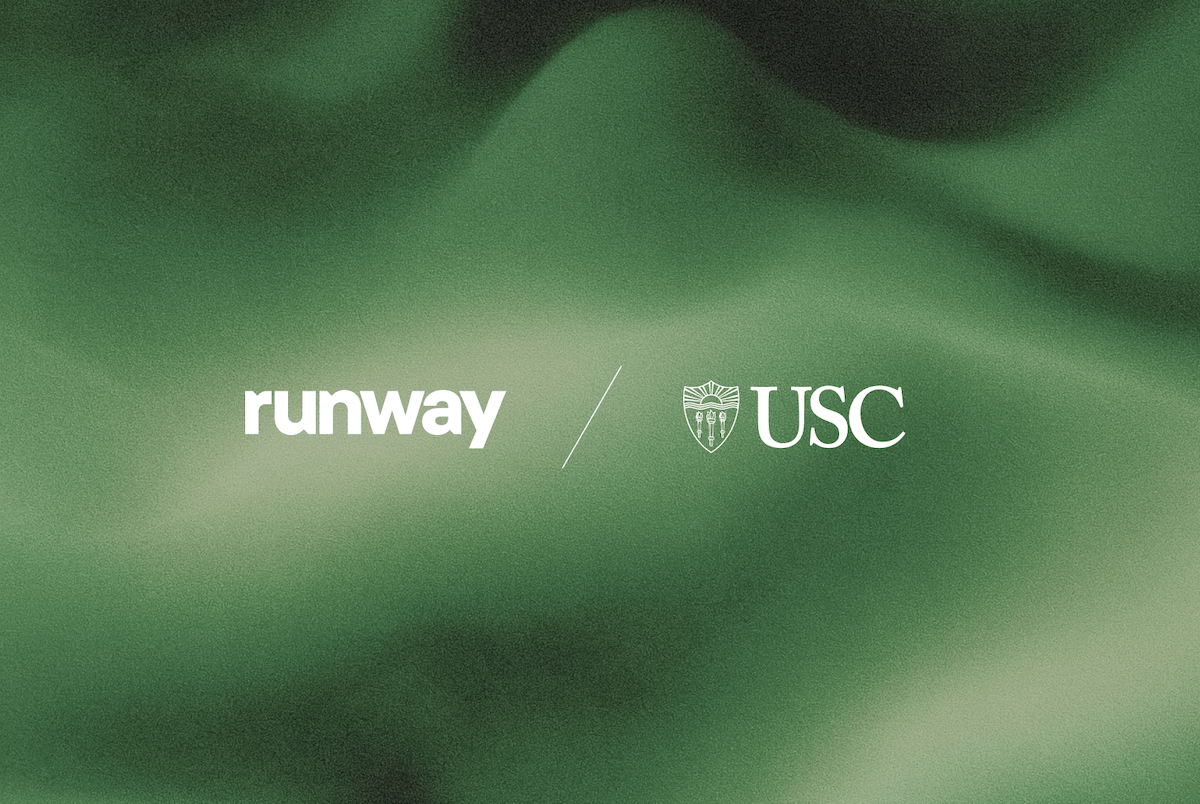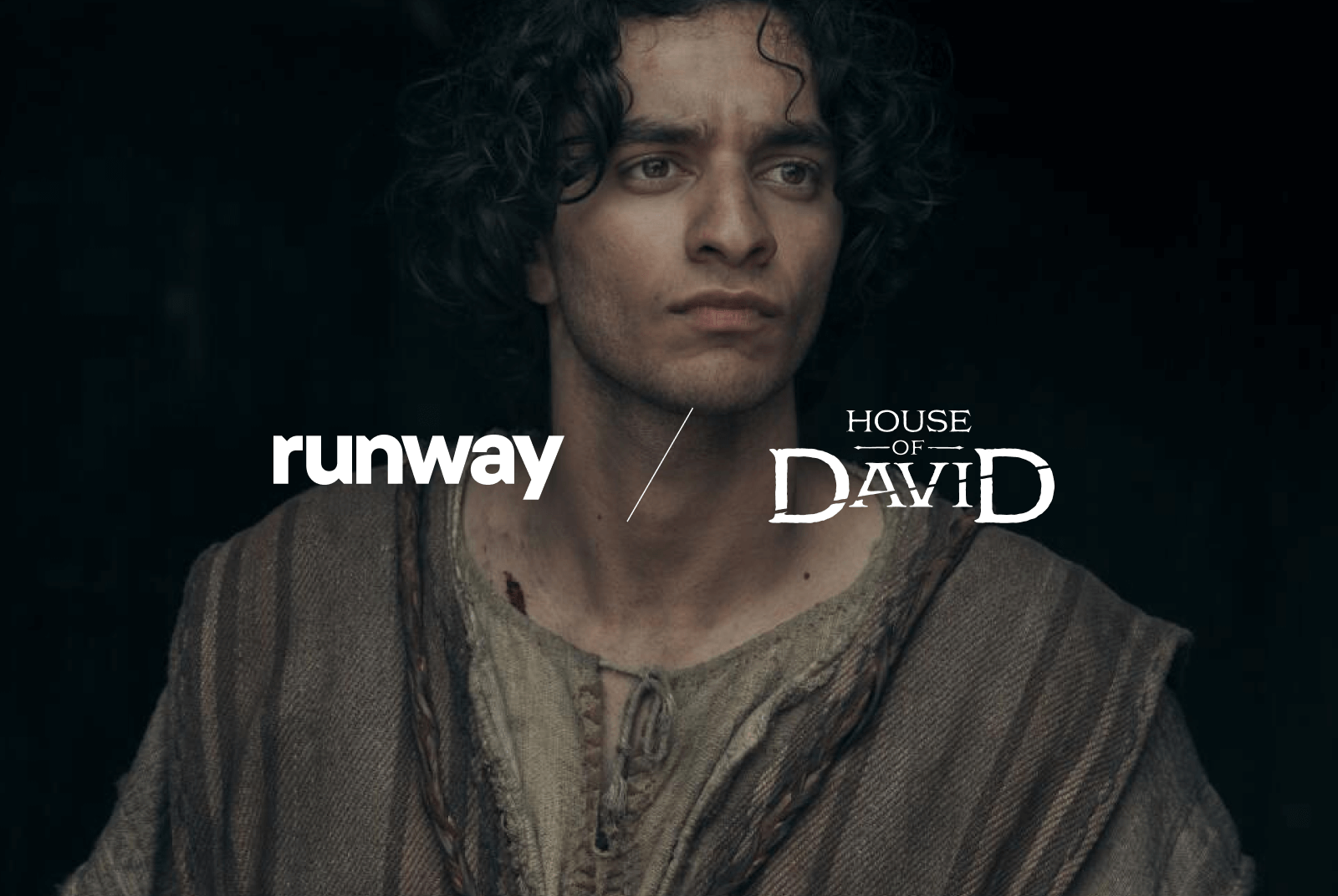
Ben Hansford is a Cannes Lion & Clio award-winning director who teaches a graduate-level AI filmmaking class at USC's prestigious School of Cinematic Arts. For the past five years, Hansford has been exploring AI and machine learning with a focus on film applications, and he brings this expertise to his course that combines traditional filmmaking techniques—from the Meisner method to Spielberg's blocking—with cutting-edge AI tools. His work prepares the next generation of filmmakers to understand how AI can transform the entire creative process, from pitch to finished film.
Tell us about your course and what you were trying to accomplish this semester.
For the last five years, I've been exploring AI and machine learning with an accidental focus on how it could be used in film – it's been five years of nearly daily "aha!" moments. I got lucky to teach AI at USC's School of Cinematic Arts, working with some of the brightest student minds and forward-leaning faculty & administration on Earth. (Though sadly, the rapid development of AI means I never get to use the same syllabus twice!). This semester we focused on integrating acting and directing techniques into AI technology – think "What would Uta Hagen do with AI?" We're very creation-focused – we start with pitch books, turn those images into montage-style trailers, then progress to scenes and directing performances. It's a gentle way to guide them toward completing their dream projects and help them realize nothing's impossible.
What challenges were your students facing before having access to Runway?
The biggest challenge was controlling the performance of character and camera – students couldn't even get to those cornerstones of filmmaking because they were so busy wrestling with the technology. I teach VFX lectures as part of the course, and traditionally I'd be trying to teach them keying in After Effects, which is time-consuming and technically demanding. Technical barriers, quality issues, render times, costs – all of these were keeping students from focusing on the creative work they really wanted to be doing.
How did having Runway transform your students' workflows?
It was absolutely game-changing. Students ended up using Runway for almost everything – not just for video generation, but also Act-One for acting and performance work. Image-to-image stylization created everything from moon bases to anime music videos to live-action stuffed-animal kingdoms, while deep VFX work included object removal, inpainting and frame interpolation. Basically everything we take for granted in big feature films, my students could do on a shoestring budget. When I tried to teach green screen work in After Effects, my students stopped me and said they just did it all in Runway – it completely removed the technical barriers blocking them from actual creation.
Can you share some specific examples of what students accomplished?
I have too many great students to pick just one. Choosing randomly, one student created an entire one-person web series using Runway to "pipeline" a kingdom of digital plushy characters, driving all performances with Act-One and outpainting unique environments for adventures – imagine one person making three minutes of entertainment in a night! Another created an animated talking character for a web series, making a digital companion and animating the mouth while driving the performance with Act-One. One student even came in three classes before the semester ended with news about industry meetings lined up for their project – that's the door-opening capability I'm talking about, removing hurdles so students can focus on getting their work not just created, but seen.
What's been the most significant change you've observed in your students?
It's wild to see what happens when you remove barriers from people's lives. These graduate students have already spent time in the pitching trenches being told "that script is too expensive" or "you'll never be able to shoot there," but now we have students nearly in tears when they see their own culturally relevant work on the big screen. They realize they can make a medieval trailer or other ambitious projects in a week, suddenly having a thirty-second teaser that can expand into a full trailer or pilot. The shift in mindset is incredible – unlike a lot of modern filmmakers, these students are going to grow up thinking nothing's impossible. That said, another thing I’ve noticed – some students create their own barriers as they progress, wondering if they're qualified to tell certain stories. It goes to show that what we have to overcome isn't just technology – it's ourselves.
What advice would you give to filmmakers and educators about integrating AI into their work?
Just dive in and start using it – you need to understand that there's much more than the ten percent of the iceberg everyone sees. The real gift lies in the ninety percent below the surface that isn't on screen, but is crucial to the art of creation. There's a common misconception that you can type a single prompt and instantly create an entire scene or film, which couldn't be further from the truth. We all have cameras in our pockets thanks to smartphones, but that doesn't make us professional photographers – AI filmmaking tools are similar. The people who are curious, willing to experiment, and eager to integrate these tools into their vision will excel, and there's no doubt AI can accelerate creativity and open up possibilities, especially for those without traditional resources or industry connections.
What excites you most about the future of AI in film education?
What excites me most is seeing students go from having an idea to having a finished piece that gets them meetings in the industry, all within a single semester. The technology removes so many of the traditional gatekeepers and barriers that kept talented people from getting their work out there. It’s not replacing the need for creative vision or storytelling skills – if anything, it makes those more important because more content is coming. The students who understand how to combine traditional filmmaking knowledge with these new tools are going to have incredible opportunities ahead of them.


